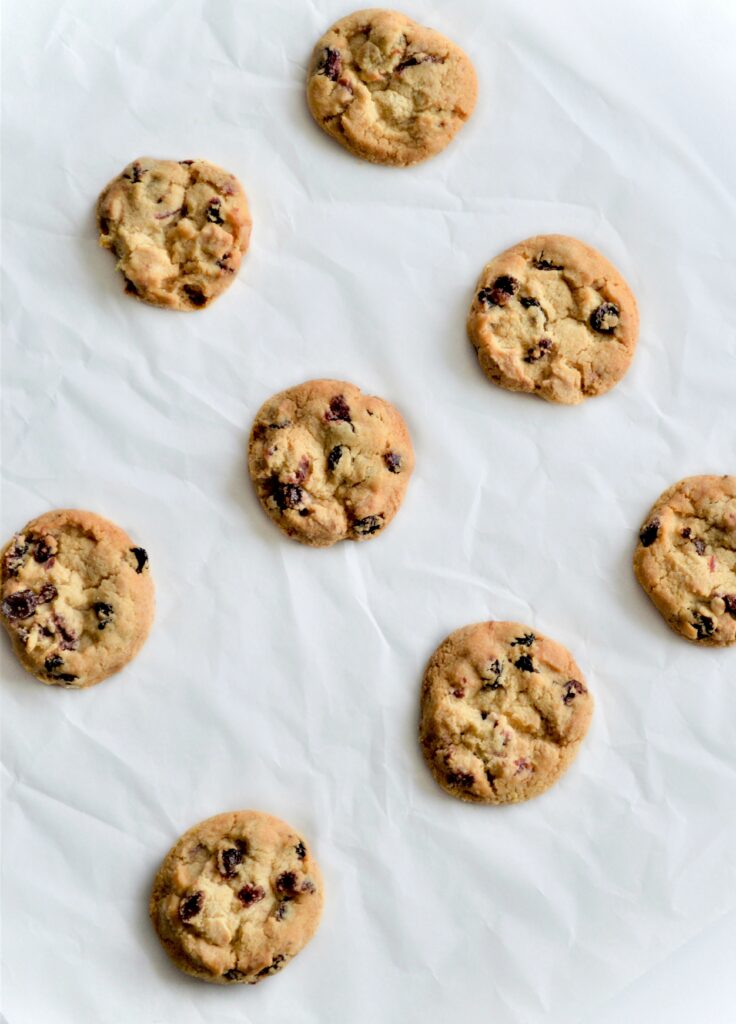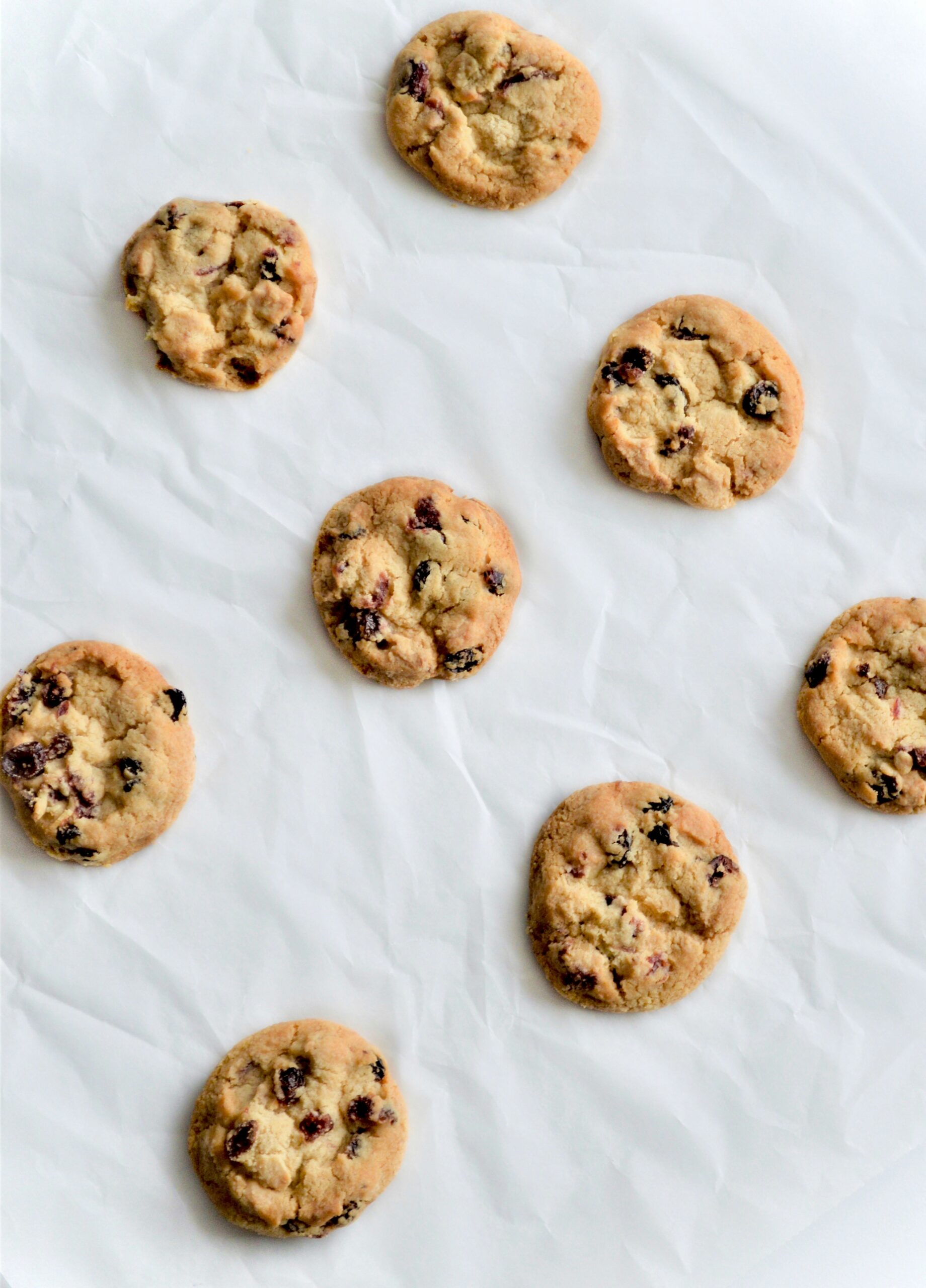
Intuitive eating is all about listening to your body’s internal cues, pairing it with gentle nutrition, and honoring your needs- emotionally, physically, spiritually. So how does that play out when you’re a human that menstruates and you have PMS? If you struggle with wanting ALLLL the chocolate during your period, or feel ravenous during that time of month, this post is for you!
If you’re a female, with that comes your hormonal cycle, comprised of 4 different phases – menstruation, the follicular phase, ovulation, and the luteal phase. With each phase will come fluctuations in your energy levels, mood, hunger, cravings, and symptoms, etc. One tip I have for my menstruating folks is to try tracking your cycle, and get in connection with your body in this way. When you know exactly what phase you’re in, and what comes with that physically and mentally, you’ll already know what to expect and can understand and accept it!
This was a game changer for me. I use the app Natural Cycles as well as Lively, and I now feel even more connected to my body, and can understand the different ebbs and flows throughout the month. For example, if I’m low on energy, moody, and craving carbs, I can simply check my app and it ensures me this is normal because of where I am in my cycle. It can help prevent you from falling down the hole of, “what is wrong with me?! Why am I bloated/hungry/tired? Should I change my eating/go on ___ diet?!”
An example of the normal phases and fluctuations during a female’s cycle:
- Menstruation – this is when you have your period. All hormones, estrogen, testosterone, and progesterone are low. You body sheds the uterus lining, causing bleeding. This phase that last anywhere from 2 to 7 days. You may feel tired, sluggish, have bloating, cramps, headaches, low back pain, and crave carbs and sweets.
- The Follicular Phase – This is the phase in which your body prepares to release an egg. It lasts 13-14 days typically. Estrogen levels rise and testosterone rises a bit. Progesterone is still low. Energy may start to come up and you are more likely to feel confident and in your element.
- Ovulatory Phase – Rising estrogen levels during the follicular phase then trigger the pituitary gland to release LH (luteinizing hormone). This is what starts the process of ovulation, and this is where women are most fertile in their cycle. This phase is when energy peaks, and it’s a great time to add in more strength training and HIIT, because testosterone is at its highest.
- Luteal Phase – After ovulation, cells in the ovary (the corpus luteum), release progesterone and a small amount of estrogen. If pregnancy does not occur, the corpus luteum dies, progesterone levels drop, the uterus lining sheds and the period begins again. The average length of this phase is 12-14 days. This is the phase where PMS (premenstrual syndrome) occurs if you get it, involving possible symptoms such as bloating, irritability, food cravings, headaches, fatigue, and fluid retention.
Tips for Managing Cravings during PMS:
Ensure you’re eating regular, balanced meals and snacks. Because low blood sugar (from going too long without eating) or rollercoaster blood sugar (from imbalanced meals) can cause even MORE cravings! Keeping your blood sugar balanced also will help to keep energy levels and mood stable during this time.
- 3 balanced meals per day including a source of carb, protein, fat, and fiber will help ensure your blood sugar stays steady and you get a variety of foods. Add in balanced snacks if needed with carbs and protein/fat, and you’ll be much less likely to feel out of control around food during this time.
Give yourself permission to honor your cravings
- The more you swear off sugar, or tell yourself you “shouldn’t” have something you’re craving, the more the craving builds in intensity. The less judgment you have about your cravings, and the more acceptance you have, the more likely you’ll be able to eat a normal amount, feel satisfied, and move on.
Ensure you’re eating adequate complex carbs at meals.
- Add in lots of fiber rich carbs like oatmeal, brown rice, quinoa, sweet potatoes, etc. to honor your body’s cravings for more carbohydrates.
Incorporate joyful movement to help increase serotonin and endorphins.
- We often feel sluggish and tired when we are PMS-ing. Adding some gentle movement such as yoga, walking, or light stretches can help you feel a bit better, and can help reduce symptoms.
Don’t forget self-care! Whatever that looks like to you – journaling, hot baths, going to bed early, yoga class, or deep breathing. Incorporating self care can be so helpful when you’re feeling PMS symptoms.
- Find ways to cafre for your mind and body and add in some mindfulness where you can. This could look like journaling, yoga, meditation, a mindful eating activity, or breathing techniques (such as 4×4 box breathing)
- Bring awareness to emotional eating.
- Easier said than done for sure! Emotional eating isn’t inherently bad, because food is emotional in our culture! But if using food is your only go-to to cope when you’re feeling down, stressed or bored, it’s maybe time to expand your toolkit. Try to bring awareness to WHAT you’re actually feeling when you’re reaching for food and you know you aren’t physically hungry. Then once you figure out what emotion you’re feeling, ask yourself, “What is it I really NEED?” For example, if you’re feeling down, maybe what you really need is to hug your partner, take a hot bath, or cry it out.
Get My 20 Favorite Recipes!
Get ready for some yummy food with my 20 favorite recipes. Receive an instant download to inspire you on your journey to nourishment!
Follow me on Instagram!
@CAROLINEGREENNUTRITION
